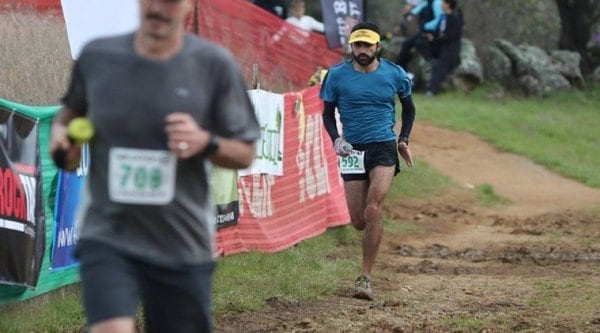 Ultra runner Ajit Singh Narwal.
Ultra runner Ajit Singh Narwal.
Trail running in India received a much-needed boost from the Athletics Federation of India (AFI) after the sports body selected six Indian ultra runners, up from two last year, to represent the country at the 2018 Trail World Championships to be held at Penyagolosa, Castellon in Spain on May 12 this year.
The AFI selected Aakriti Verma, Kieren Dsouza, Ajit Singh Narwal, Ullas Hosahalli Narayana, Lokesh Kumar Meena, and Sampathkumar Subramanian for the race.
In June 2017, AFI had sent a team comprising of Ullas Narayan and Kieren D’Souza to take part in India’s first ever participation at the Trail World Championships held in Italy. The following month, Meenal Kotak, Aparna Choudhary, Ullas Narayan and Kieren D’Souza represented the country at the 24-Hour World Championships at Belfast in July 2017.
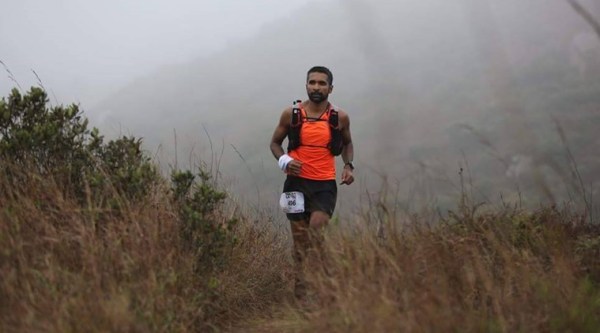 Ullas Hosahalli Narayana
Ullas Hosahalli Narayana
This sport is at a nascent stage in India but is becoming increasingly attractive to youth who want to explore open spaces away from city limits.
Although several ultra trail running events have been taking place since 2007 across the country, India’s participation at the Trail World Championships will only broaden the acceptance for the sport. “Ultra running as a sport began in India around 2007-08, at the Bangalore Ultra. Since then it has grown rather rapidly, with more and more runners venturing into this field each year. The year 2007-08 saw mere 65 finishers in India’s only ultra race at that time. Today more than 1500 runners (and counting) participate in about 18 ultra races being organised across the country,” says Peter D’Souza, honorary member of AFI’s ultra running committee.
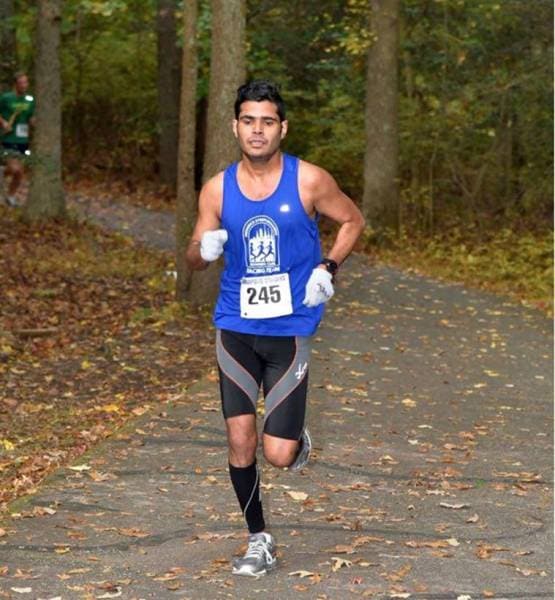 Lokesh Kumar Meena
Lokesh Kumar Meena
To be eligible for the World Trail Championship, the athletes were required to have taken part in at least one ultra race (50 km and above) between February 25, 2017 to February 24, 2018 and should have participated in at least one trail ultra race between February 25, 2016 to February 24 , 2018.
As per AFI’s selection criteria, the athletes should have attained a minimum cotation of 550 for women and 600 for men on the International Trail Running Association (ITRA) grading system.
The ITRA grading system selects participants based on mountain difficulty level, endurance and finishing criteria to grade an athlete.
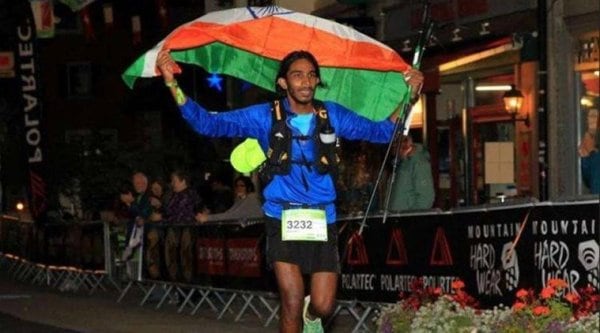 Kieren D’Souza.
Kieren D’Souza.
“We are fairly low at global rankings in trail running, but we are there on the list. From a selection standpoint, we really cannot take athletes who are right at the bottom. We based our criterias on past performance in championships. Our cotations are not comparable to ITRA, but this is not the only parameter we looked at during selection. We placed our own estimations and then observed where the participants fall. We didn’t want runners who do not finish,” says Dsouza.
D’Souza feels there should be more races in India that mimic competitions abroad for Indian athletes to raise the bar. “We have to get into a competition mode. But most importantly we require sponsors. We should be able to give the runners something that makes them want to perform,” he adds.
Says ultra trail runner Ajit Singh Narwal: “It’s a fantastic feeling to see the sport gaining traction in the country. And this is merely the championship team. The number of people starting to run trails has increased manifold in last few years in India, that’s great news. So excited for the future of the sport in India!”
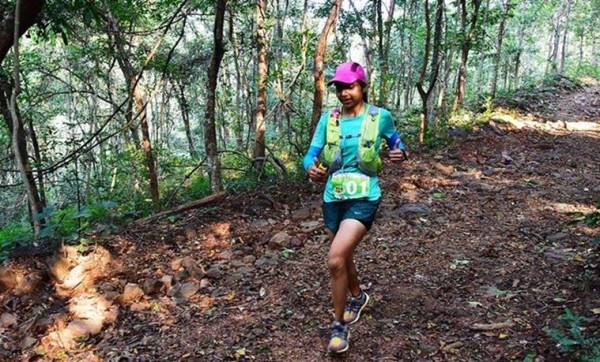 Ultra runner Aakriti Verma.
Ultra runner Aakriti Verma.
Narwal, who lives in California, has taken part in Lake Chabot 50k, Way Too Cool 50k, Rodeo Valley 50k, and North Face Endurance Challenge 50k. “This year the team does not have a sponsor to fund the air travel to Spain even though the accommodation in Spain and the race kit has been sponsored. But I think we are headed in the right direction here,” said Narwal.
Trail running also brings to sharp focus the need to have more open spaces in the face of rapid urbanisation across the world. It also encourages runners to fulfill the moral obligation of respecting nature and keeping trails clean, leaving no trace. “I remember Ullas’ interview from a couple years back… he says that trail running promotion helps with respecting nature and supporting the cause of more open spaces. I couldn’t agree more. With increasing population and shrinking spaces what could be more awesome than that,” adds Narwal.
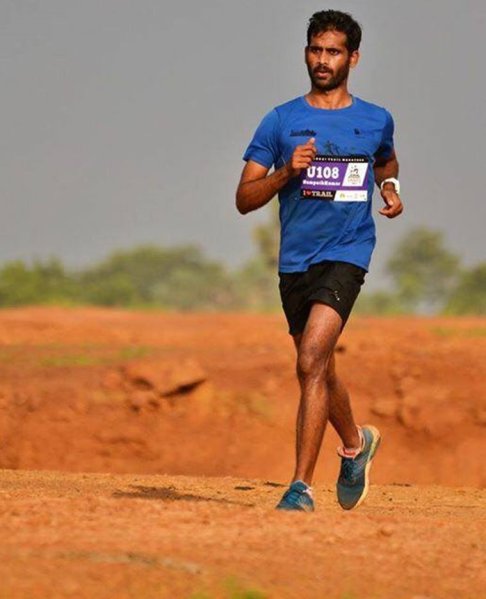 Sampathkumar Subramanian
Sampathkumar Subramanian
Ullas, who has had podium finishes in races across South East Asia and very recently in Canada, says, “Hopefully this also raises environmental awareness and encourages the mindset of ‘taking only photos and leaving only footsteps’ so that we can enjoy the trails for years to come.”